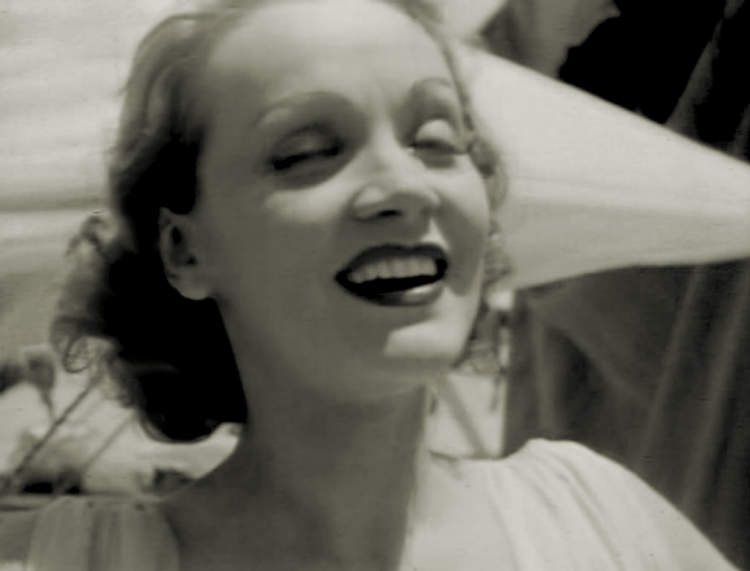Secrétaire à abattant, or
secrétaire en cabinet: oak veneered with thuya burl, amaranth, mahogany, satinwood, holly, and ebonized holly; painted metal; one Sèvres plaque; fifteen Wedgwood medallions;
bronze doré mounts; marble; leather (not original).
Loosely adapted from the essay on the Metropolitan Museum of Art's website:
The interlaced stretchers and bulbous, downward-tapering legs of this
graceful secretary are characteristic of the work of Adam Weisweiler;
moreover, the bronze doré
female half-figures used as corner mounts
appear on other pieces by this cabinetmaker. Edmé-François Bouillat the
Elder, one of the most talented flower painters at Sèvres, was
responsible for the ribbon-tied bouquet on the central plaque.
(According to a label pasted on the back, the price was 336 livres
, and
we know that the marchand-mercier
Daguerre purchased a plaque for that amount in 1782.) The
pointillé
(stippled) borders are attributed to Madame Vincent
Tallandier who, with her husband, specialized in this kind of decoration.
Framed in bronze doré
garlands,
fifteen Wedgwood jasperware cameos decorate the front and sides of the
desk. Some show classical scenes based on antique gems, while others depict
mothers and children engaged in domestic pursuits. They formed part of a
so-called Domestic Employment series first advertised in a Wedgwood
catalogue of 1787, which suggests a date for the secretary, as does the
fact that in the same year Daguerre signed an agreement with Josiah Wedgwood to sell his wares in Paris.
Following the attack on the palace of Versailles on 5-6 October 1789, the French royal family was forced to remove themselves to the Château des Tuileries in Paris, where they spent the next three years under house arrest. A few days after their arrival, the queen consigned to the marchand-mercier
Dominique Daguerre and his partner, Martin-Eloi Lignereux, a number of her most treasured possessions for safekeeping. Among those objects was a porcelain-mounted secretary, which may, in fact, have been this one and which was possibly the last piece of furniture Daguerre had delivered to Marie-Antoinette for her rooms at Versailles.


Even so, in 1794, after the executions of both the king and queen, when an inventory of the seized royal furniture warehoused at Versailles was drawn up by the new régime, among the pieces listed was a secretary, its drop front mounted with a large Sèvres plaque and ten medallions forming garlands—a description that appears to fit the present piece. During the early part of the nineteenth century it entered the collection of Charles Mills, a London banker and art collector with a taste for Sèvres porcelain and furniture mounted with Sèvres plaques. And it remained with his descendants until the 1930s, when it was sold to the well-known art dealer Joseph Duveen, and eventually made its way into the collection of the Metropolitan Museum.

































































